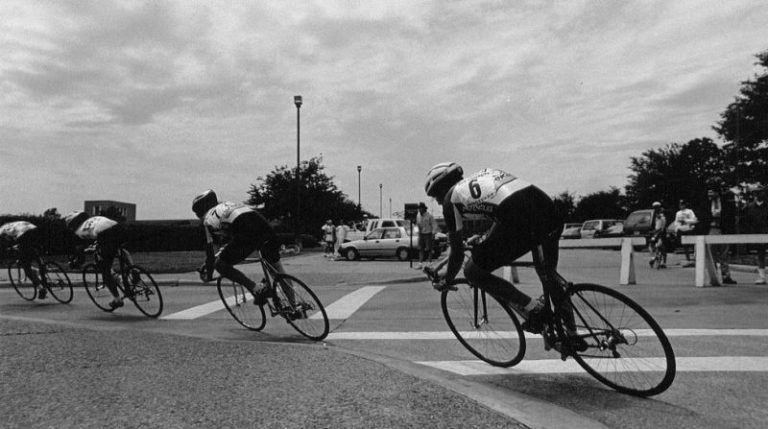According to the Orange Book, trauma centers must have mechanisms for identifying events for review by the performance improvement (PI) program. How can you demonstrate to American College of Surgeons (ACS) surveyors that your center adequately identifies important system-related and peer review issues?
I have had the privilege to observe PI processes in top trauma centers across the country. Based on this experience, I recommend five strategies for identifying PI events.
1. Customize your trauma registry audit filters
The Orange Book lists required and recommended audit filters for use in trauma PI (see Chapter 16). However, each hospital should individuate this list to help identify the specific problems that plague their center. Periodically revise your list of audit filters so they effectively capture significant concerns — as opposed to indefinitely tracking events that do not really cause problems.
For example, trauma programs have used “EMS scene time greater than 20 minutes” and/or “missing EMS run sheet” as audit filters for years. Yet it’s pretty unlikely that these measures will change significantly over time. If these issues are not a problem at your institution, replace these audit filters with others that are more applicable to your own situation.
For instance, anecdotal reviews may suggest that your neurosurgeons have not widely adopted Brain Trauma Foundation guidelines for placement of intracranial monitoring devices in patients with closed head injury (CHI). If that is the case, consider adding an audit filter measuring “no intracranial monitor for CHI with GCS<8”. This filter will generate a list of cases where the patient did not receive a monitor but might have needed one. It is a good way to identify potential PI events. And in terms of ACS verification, it demonstrates that your trauma registry is being used to support your PI process.
Another concern at your center might be resumption of DVT prophylaxis in patients with minor CHI. You cannot deeply investigate every single CHI patient. So, instead, create an audit filter that flags charts for closer review. The filter could be “CHI patients with no resumption of chemoprophylaxis by 48 hours who have a non-worsening CT scan and no craniotomy”. Not every patient flagged by this audit filter should have had chemoprophylaxis, certainly, but the filter allows you to narrow the list of charts that need a deeper dive.
2. Follow up on anecdotal reports
Anecdotal reports are part of every trauma center’s PI identification process. A physician or nursing colleague might stop the trauma medical director to describe some problematic aspect of a certain patient’s care. Or a paramedic in the community might call and say, “Hey, last night when we brought in a patient with hypotension, getting blood and blood products for the massive transfusion protocol took forever.”
In these cases, it is important to look beyond the immediate issue. It is unlikely that only one aspect of care in a problematic case warrants our scrutiny, so a thorough review of these charts is mandatory.
3. Perform random chart audits
Random chart audits allow you to look for quality variances that did not trip an audit filter or result in a phone call. For example, you could review every medical record that ends in a “3”. That would be a 10% random review — a good way to “spot check” for PI events and quality improvement opportunities.
4. Thoroughly review all deaths

5. Appoint someone to perform concurrent PI rounding
Make sure that someone does regular rounds on inpatients for no purpose other than PI quality review. This “concurrent rounding” appeals to the highest level of learning, and it is a very effective strategy for identifying PI events.
Many vibrant trauma services have a dedicated PI coordinator or specialist who is placed on rounds to screen for PI issues. If your program does not have enough personnel, the trauma medical director, trauma program manager and other qualified staff can alternate in this role. Do you have a trauma registrar who is licensed as a registered nurse? If so, he or she might be the ideal person to perform PI rounding.
The main point: To the extent that your trauma program has someone whose sole focus is performance improvement, you will do a much better job of identifying PI events.
Marco Bonta, MD, FACS is the trauma medical director at Riverside Methodist Hospital in Columbus, Ohio. Dr. Bonta a former member of the Verification Review Committee of the ACS Committee on Trauma and a former ACS site reviewer. He frequently serves as a consultant to trauma centers preparing for verification. To find out more, visit www.traumaconsulting.com.

